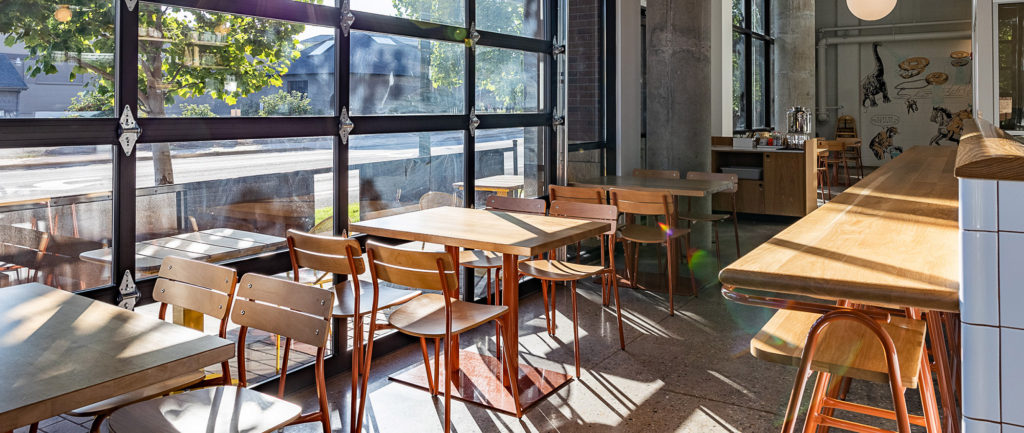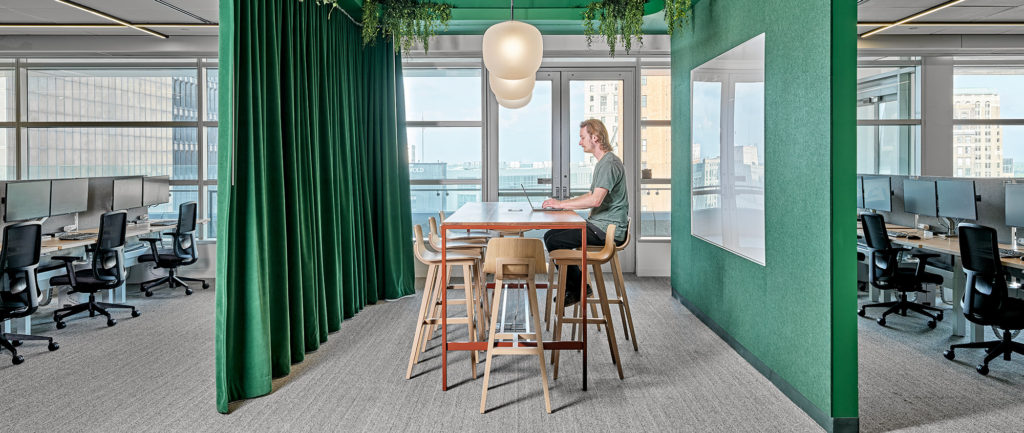The Ultimate Guide to Outdoor Fabrics for Commercial Furniture
Learn how to choose the best outdoor fabric for your commercial application.

Spilled drinks, sauce-covered fingers, dirty shoes, and organic debris are just a few common elements your outdoor furniture is up against in commercial spaces. Understanding what to look for when suggesting outdoor furniture to your clients is critical to the success of your project.
Here is your comprehensive guide to specifying outdoor fabrics for commercial spaces, and if you scroll to the second half of the blog post, you'll see a round-up of our favorite outdoor fabrics from textiles suppliers you know and love.
To learn more about how to choose the best outdoor fabric for your commercial application, we turned to the experts at the Association For Contract Textiles (ACT), which is a not-for-profit trade association that addresses a variety of issues related to contract fabrics and sets voluntary performance and environmental guidelines.
Here's a break down the most popular types of outdoor upholstery fabrics.
Types of Outdoor Fabrics:
- Solution Dyed Acrylic Fabrics - Considered the workhorse of outdoor fabrics, solution dyed acrylic fabrics tend to be priced on the higher end of the spectrum but are well worth the additional cost. They are made from a liquid acrylic solution that is mixed with the dye and then spun into a yarn, which is then woven into a fabric. These products are most like indoor fabrics and feel soft to the touch. The biggest benefit to using a 100% solution dyed acrylic fabric is that it is naturally water resistant and has the ability to hold up to constant UV light exposure without rapidly breaking down. One negative about this type of material is that it is often limited in color and pattern due to the manufacturing process, but is a great options for larger upholstered pieces.
- Olefins (Polypropylene) - Like solution dyed acrylic fabrics, solution dyed olefins or polys are great options for outdoor upholstery applications. The fiber has excellent properties for cleanability, abrasion resistance, and resistance to deterioration from chemicals and mildew.
- Marine-Grade Vinyl - This vinyl is a form of expanded vinyl (awesome for high-traffic applications like restaurant upholstery), but unlike your standard interior vinyl it provides additional protection against UV exposure, is more resistant to color fading, is stain and mildew resistant, and holds up extremely well in high use environments. One downside is that when used in warmer climates the surface can become extremely hot to the touch.
- Spun Polyester - Unlike solution dyed acrylic fabrics, spun polyester is woven first and then screen printed which allows for a wider range of colors and patterns. While this fabric is usually less expensive it tends to be stiffer and rougher to the touch. Spun polyester also has a shorter UV ray resistant lifespan than most solution dyed acrylic materials, so we don't recommend using it on high-traffic upholstered pieces like outdoor cushions, instead save this material for more temporary applications like throw pillows. If you do use this on your cushions we would suggest covering or bringing them inside when not in use.
Contract-grade fabrics already go through extensive testing, but outdoor fabrics made for high-use applications also take into consideration sunlight exposure and UV resistance. When exploring various outdoor fabrics look at these performance qualities. Depending on your climate and application these performance indicators may be more or less important to your project.
Key Qualities of Outdoor Fabrics
- Water Resistance vs. Water Repellant vs. Waterproof - Waterproof fabrics (typically vinyl or poly) are impenetrable to water regardless of how long they are left outside or how much water pools up on its surface. Water repellant upholsteries typically have a coating applied after the fabric is woven and are impervious to water but still "breathe." Water resistant fabrics resist water penetration but offer very little protection from the rain (i.e. if this were a coat and you were caught in a heavy drizzle you would get wet).
- Breathability - This is measured by how easily air can pass through a certain fabric. Depending on the climate and your application this could be very important. If the fabric doesn't breathe well it can create the perfect environment for mold and mildew to grow. However if the fabric is waterproof (typically a vinyl) its low breathability rating isn't a major issue since water never penetrates the upholstery.
- UV Resistance - Potentially the most important factor when selecting an outdoor fabric, this measures the speed at which a fabric will deteriorate when exposed to UV light for prolonged periods of time. Fabrics with a low UV rating should be used indoors, while fabrics with a higher rating are more suited in outdoor environments with direct exposure to sun.
- Colorfastness - As defined by the Association for Contract Textiles (ACT), "colorfastness to light refers to a fabric’s ability to resist fading when exposed to light,” and is measured on scale of 1-5 by ACT.
Grade 5 = No fading, Grade 4 = Slight fading, Grade 1 = High degree of fading (for reference)
- Colorfastness to Crocking (wet/dry)" Crocking refers to the rubbing off of color from a fabric when subjected to abrasion. To test this, white cotton fabric is rubbed against the surface of the test fabric. After rubbing under controlled pressure for a specific number of times the amount of color transferred to the white test fabric is rated. If you've even worn a new pair of jeans that rubbed off on your new light grey couch, you'll grasp the importance of this.
Grade 5 = no color transfer, Grade 1 = high degree of color transfer
- Abrasion Resistance - Measures the surface wear of a fabric due to friction. This friction may result from rubbing against another material or from rubbing against itself. Abrasion resistance is an important element in the durability of fabric. Common methods for testing fabric abrasion resistance include Wyzenbeek, Martindale, and Taber test methods.
- Cleanability - The importance of this has been heightened due to the COVID-19 pandemic and an increased frequency of cleaning, but because we're talking about outdoor fabrics, it's important to know just how easily you can clean your fabric and how to clean your fabric. Most of the contract grade outdoor fabrics listed below can be cleaned with mild soap and water and a few of them are even bleach friendly!
Here are some of our favorite contract-grade, outdoor-rated fabrics that will help add color and comfort to your next outdoor project.
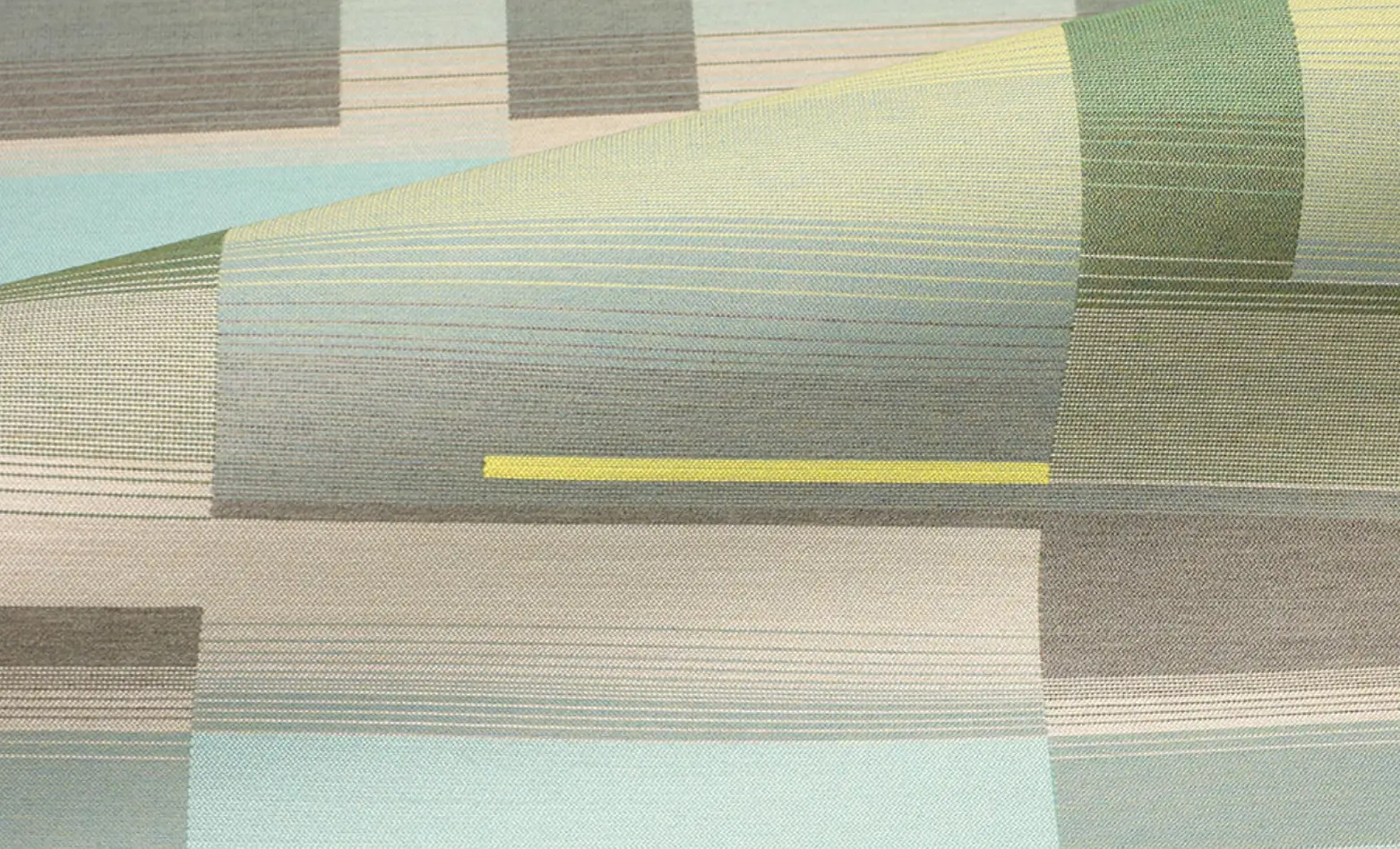
CF Stinson
We chatted with Lori Loop, the Director of Design for C.F. Stinson about how the pandemic has changed the demand for outdoor fabrics.
"In the past year, the health benefits of being outdoors have been forced to the forefront of everyone's thinking. Searching for ways to participate in our normal activities by transporting them out of doors has affected every aspect of our lives. We are asking ourselves, "Can I host this meeting outside, this sales call, my Thanksgiving dinner"? Restaurants have been challenged to create outdoor space for diners, offices have been trying to maximize their available outdoor space and we have all looked for ways to create or improve outdoor areas at our home. Even climates that would not normally be considered ideal for working, socializing or dining outside have jumped into the movement."
C.F. Stinson offers 21 different bleach cleanable, Greenguard Gold certified indoor/outdoor patterns that have enhanced fade, soli, stain, and abrasion resistant qualities. All of these fabrics are UV protective, durable to the core, and easily maintain color and quality through cleaning, wear, or exposure to outdoor elements. A few of our favorite patterns are:
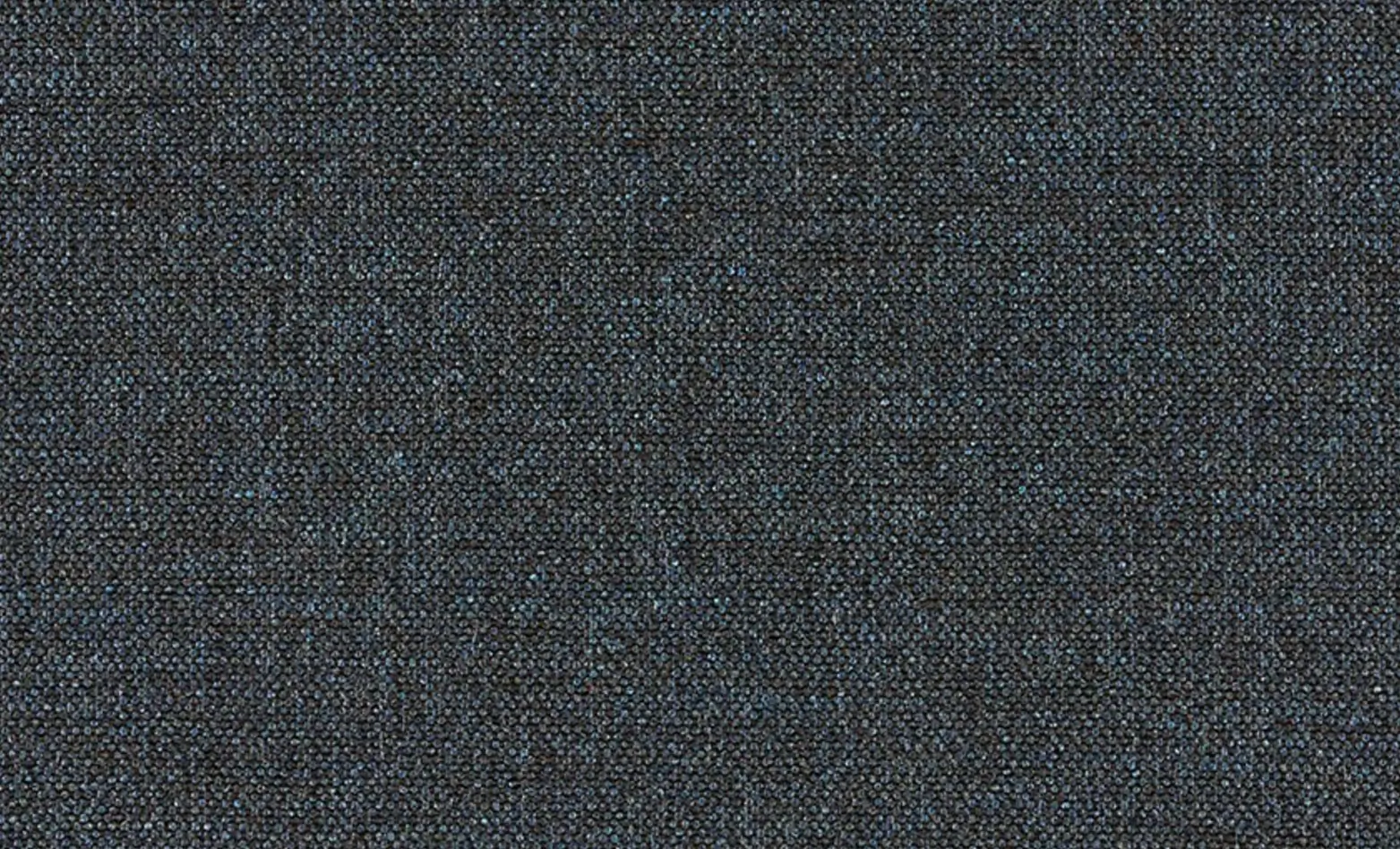
Designtex
Designtex has some of our favorite solid outdoor fabrics and the best part is that all of the ones listed below are priced $41 or less! These are backed by Designtex's 5 year warranty and are Greengaurd and Greenguard Gold certified.
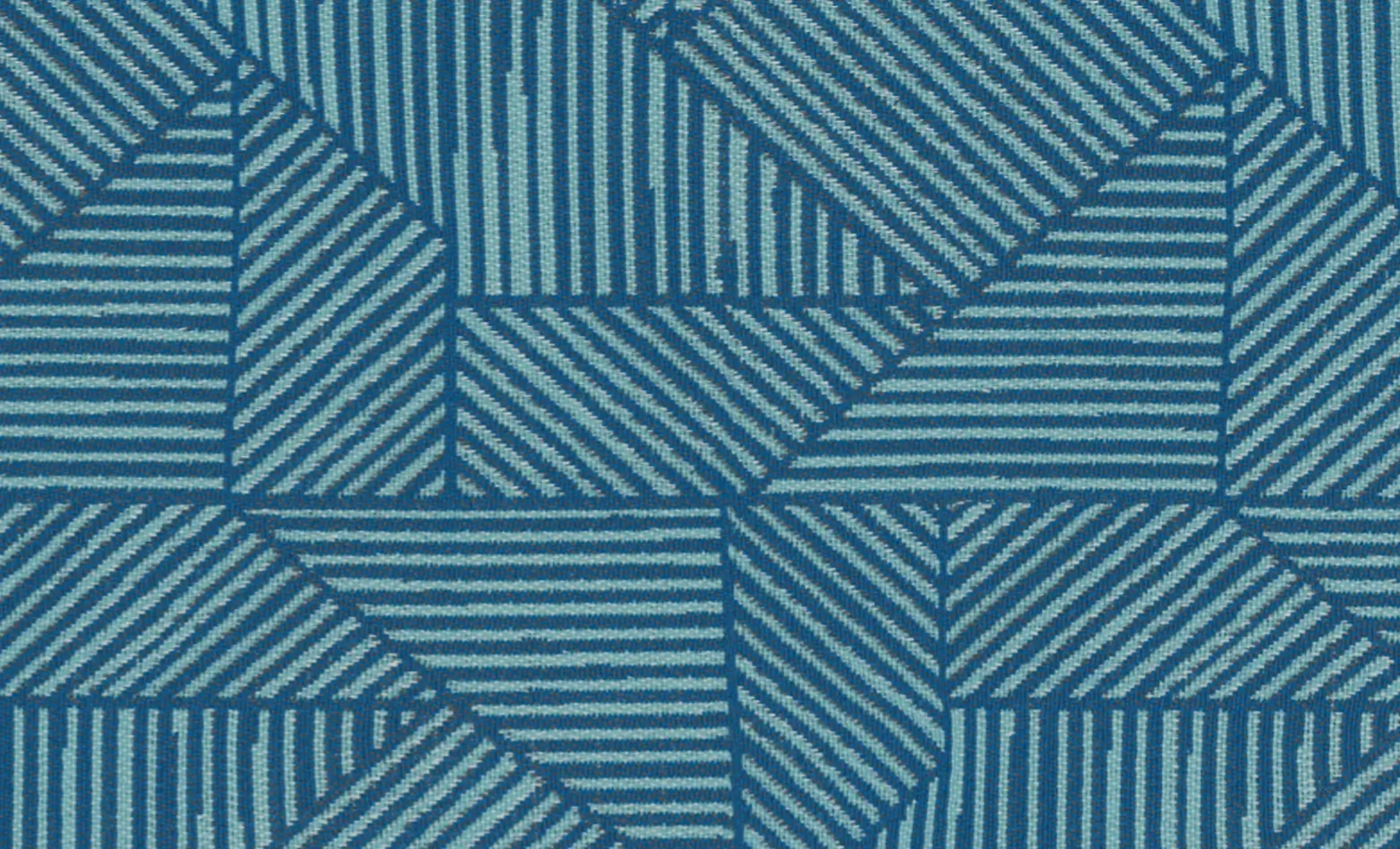
Mayer
Click here to see their entire outdoor offering.
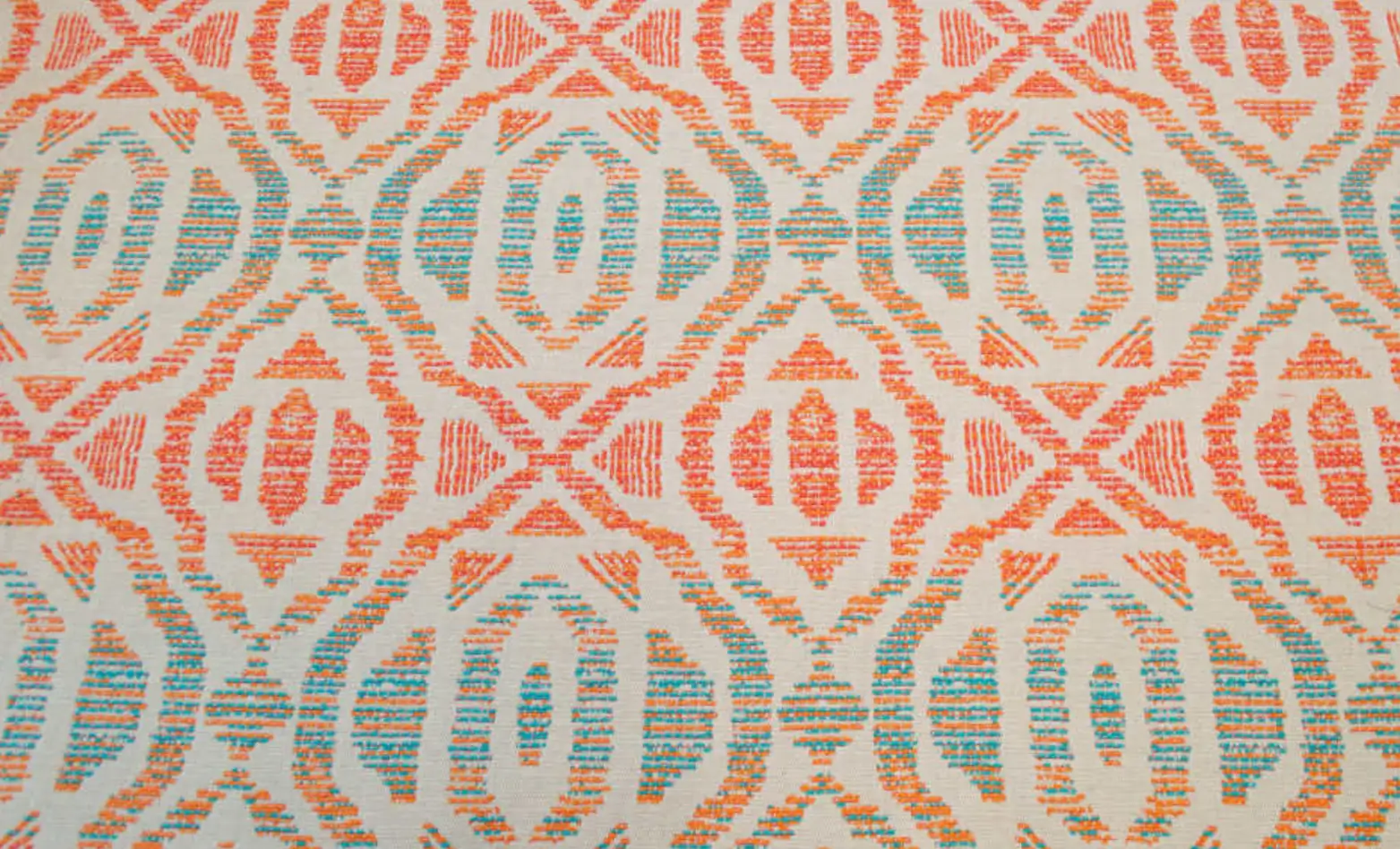
Burch
These three indoor/outdoor fabrics from Burch are all come in some really fun colors but are also all bleach cleanable! These are just a few of our favorites but you can see all of their outdoor fabrics here. (P.S. all of these are bleach cleanable)
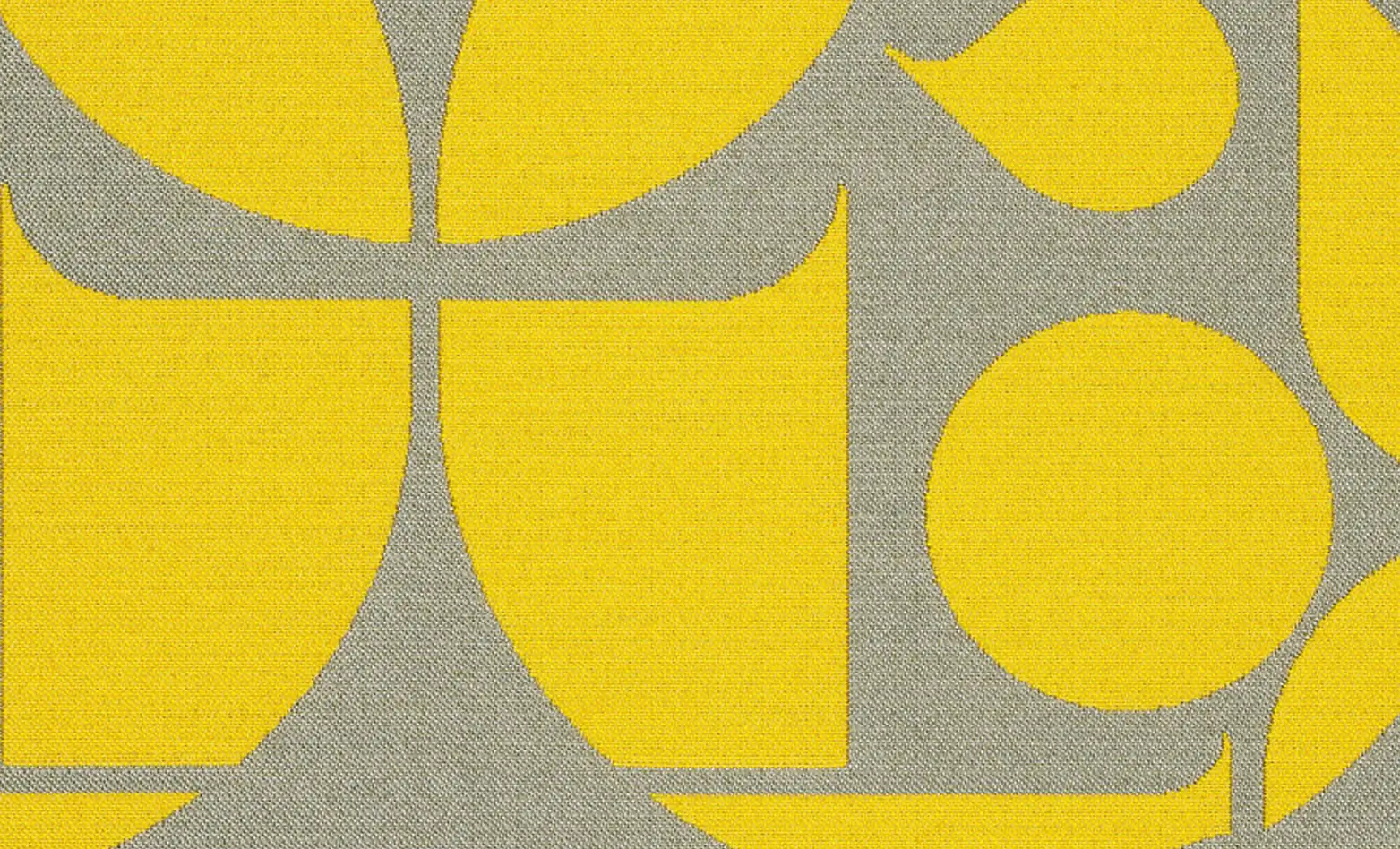
Maharam
Maharam has always had some of our favorite designs, and their outdoor options are no different. A perfect mix of modern, eclectic, and colorful. These are all Greenguard and Greengaurd Gold certified and come with a 5 year warranty from Maharam!
These are just a few of our favorite outdoor fabrics from our partners but we encourage you to check our their full portfolios for more information. Knowing what to look for when specifying an outdoor fabric will only help make your project successful and your product last for years to come. Also if you're looking for great outdoor furniture please check out our Opla or Hula collections.

